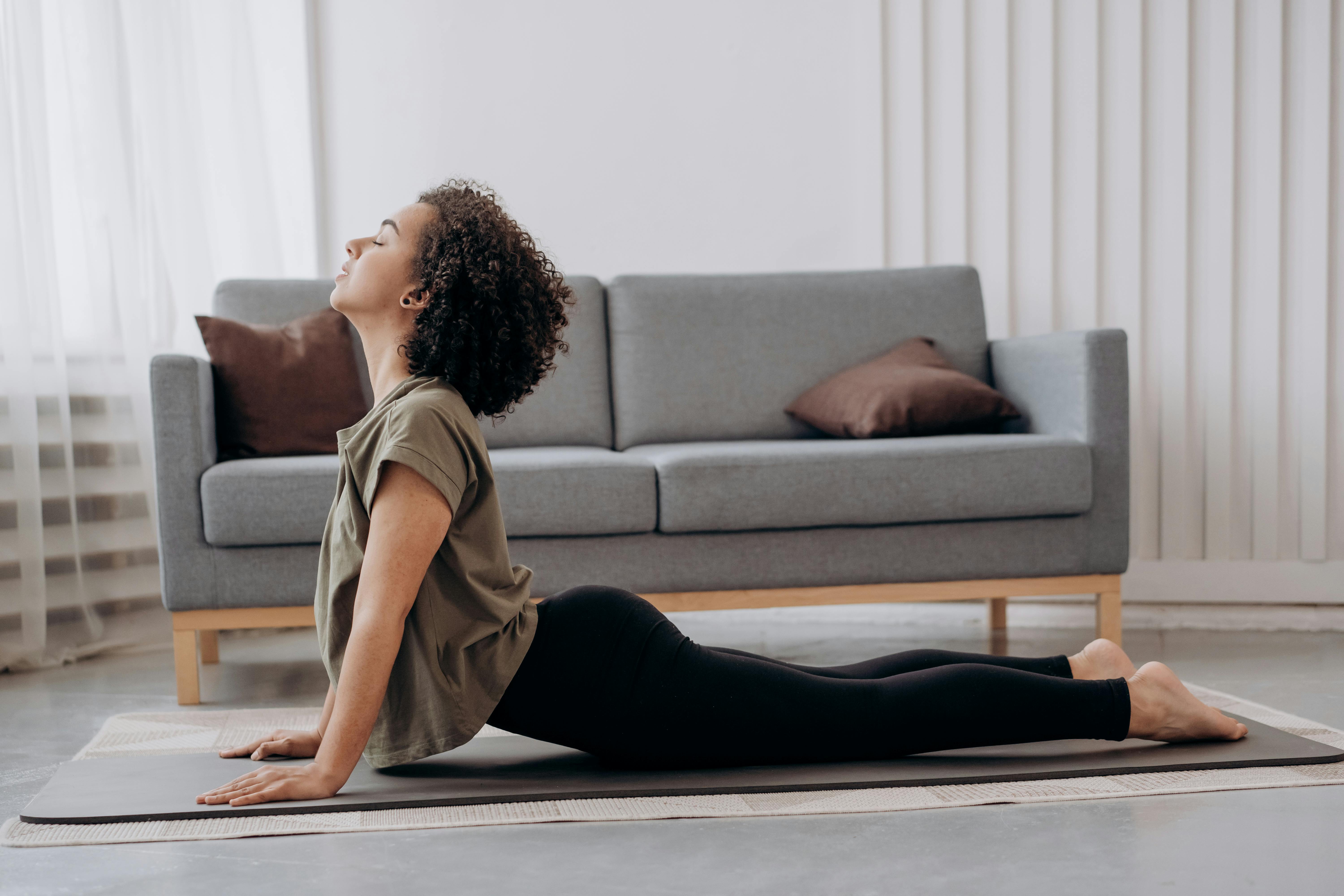
Internal vs external acne treatment
A careful observation of the information on acne treatment will show that acne cure has two broad approaches: external and internal. The first is related to the topical application of creams, lotions, masks, etc., while the second is about treating the internal cause of acne. What category do you fall into? And what is the best approach? Read on to discern the difference and get the answer!
Well, either approach is correct, but neither is complete. Considering external or topical treatment methods, it is believed that they deliver the active ingredients directly to the affected site and go to work immediately. Topical treatments are essential to maintaining a skincare routine. The right cleansers, scrubs, and moisturizers play a vital role in keeping your pores open. In fact, conditions like hyperkeratinization must be managed externally by administering ingredients like salicylic acid to break unnecessary cell bonds and keep pores open. Another important advantage of topical remedies concerns the treatment of acne inflammation. Inflammation, the result of an overreaction to the bacterium P. Acnes, requires some degree of external treatment through the application of anti-inflammatory preparations.
When you get to the inner focus, you probably know that it is considered a holistic approach. In other words, it addresses the systemic factors that contribute to hormonal imbalance, excessive sebum secretion, and inflammation that are among the root causes of acne. Sometimes acne is one of the symptoms of underlying health problems. In such cases, you must treat internal problems by decreasing inflammation, controlling sebum production, balancing hormones, or treating medical problems, if any.
It seems like enough information to help you figure out the answer. Yes, a complete acne treatment regimen incorporates both external and internal methods. For now, your topical treatment products should be free of harsh synthetic or chemical ingredients that can harm your skin. There is no shortage of homemade or herbal formulas to make your own masks, moisturizers, astringents, cleansers, or any nourishing formula for the skin.
Your internal treatment methods should aim to increase your bodily functions and immunity to fight hormonal imbalances and inflammations. For example, the right acne diet will provide minerals, vitamins, and other nutrients in the right ratio to keep skin problems at bay. Proteins and vitamins, especially antioxidant vitamins, help build immunity. On the other hand, excess fat causes inflammation. Similarly, excess carbohydrates disrupt blood sugar levels, which in turn affects the immune system and exacerbates acne.
It is true that all nutrients are essential, but your goal is to take them in the right amounts. Avoid saturated fats that can aggravate breakouts, but be sure to include good fats and oils, such as olive oil, avocado, nuts, and fish. You can include specific natural ingredients in your diet to address acne problem; for example, green tea is said to prevent overproduction of androgens, which can disrupt hormonal balance. To address deficiencies, you can take acne supplements that contain oil-balancing vitamins, essential fatty acids, or detoxifying properties.
The bottom line is that topical acne remedies address skin reactions to hormonal imbalance, while internal remedies work to balance hormones.